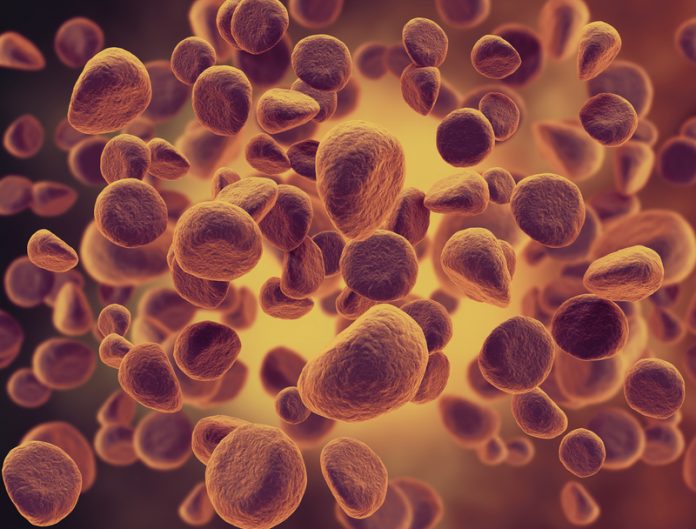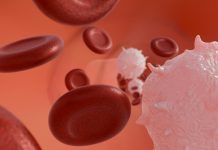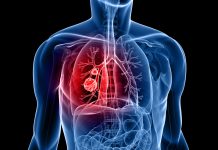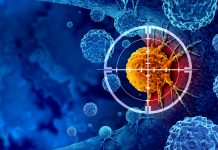Prof Nicolo Riggi and Prof Ivan Stamenkovic from the University of Lausanne share their thoughts on the pathogenesis of paediatric cancers
Paediatric malignancies differ from adult cancers in both their pathogenesis and behaviour, largely due to their distinct genetic and epigenetic underpinnings. In contrast to the majority of adult cancers, which develop years to decades following transformation of a single cell, paediatric cancers, particularly those that occur in the first few years following birth, emerge far more rapidly. Whereas most adult cancers accumulate a multitude of genetic mutations by the time they become clinically detectable, the majority of paediatric cancers are genetically “quiescent”, meaning that they harbour few and sometimes even only single mutations.
Numerous mutations can contribute to adult cancer growth and different mutations may drive the progression of any given cancer at different stages of its evolution. Determining which mutation(s) is/are driving an adult cancer at the time of diagnosis can, therefore, be challenging. In contrast, mutations responsible for paediatric cancer development are easier to identify, which facilitates exploring the pathogenesis of these tumours and obtaining clues as to potential therapeutic targets and options.
Although genetic mutations have long been thought to play the key role in the pathogenesis of cancer, it is becoming increasingly clear that in many malignancies, posttranslational and epigenetic modifications may play an equally important role, sometimes even dominating that of the genetic mutations. “Epigenetics” was originally coined to describe heritable changes in a cellular phenotype that were not due to alterations in DNA sequence. It is most commonly used to describe chromatin-based events that regulate DNA-templated processes such as gene expression.
Chemical modifications
Chemical modifications, such as methylation of DNA within gene promoters and of acetylation and methylation of histones, which are proteins intimately associated with DNA, provide some of the dominant epigenetic mechanisms that control gene expression. Histone modifications determine whether DNA segments assume a compact or relaxed structure. Activating histone marks are associated with relaxed DNA that is accessible to transcription factors, allowing expression of genes within the corresponding DNA segments. Repressive histone marks induce DNA compaction, rendering it inaccessible to the transcriptional machinery and resulting in the silencing of genes located in the corresponding DNA segments. As the genes in question may control cell division, growth and survival, epigenetic regulation of their expression may constitute key determinant of cancer emergence, maintenance and resistance to treatment.
Increasing evidence suggests that epigenetic changes play a critical role in the development of paediatric cancers. Many solid paediatric malignancies, particularly of bone and soft tissues, known as sarcomas, arise as a result of unique reciprocal chromosomal translocations that give rise to fusion genes, which encode fusion proteins found only the in the cancer cells. These fusion proteins provide a diagnostic signature for these particular types of cancer, and, more importantly, are uniquely responsible for their pathogenesis.
In the majority of cases, the fusion proteins behave as aberrant transcription factors or transcriptional regulators. They alter the gene expression repertoire of the cells, augmenting the expression of genes that promote cell survival and growth and, in some cases, silencing those that induce differentiation and quiescence. To execute their functions, these aberrant transcription factors may form complexes with chromatin-modifying enzymes and instruct them to reconfigure DNA structure, opening domains that in normal cells remain compact and, therefore, inaccessible to transcription, while condensing domains that are open in normal differentiated cells.
Chromatin modification
Chromatin modification may thus be harnessed to implement critical changes in the gene expression profile of the cells, rendering them more susceptible to uncontrolled division, inhibiting their differentiation and maintaining them in an undifferentiated, pluripotent, state, which recapitulates features of normal stem cells. Cancer-associated fusion protein-driven chromatin modification may, therefore, mimic a developmental state and establish a cellular hierarchy within the tumour, which recapitulates that of normal developing tissues, albeit in an aberrant fashion.
Whereas the presence of the aberrant fusion proteins can provide the means to dissect the mechanisms underlying the development of the corresponding tumours, understanding paediatric cancer development also requires identification of the cells from which these tumours originate. Most normal cells are resistant to transformation. When a mutation that activates an oncogene occurs in a differentiated cell, the cell undergoes what is referred to as oncogenic stress, which causes the cells to stop proliferating and guides them toward a state of permanent growth arrest known as senescence. Senescence thus constitutes a powerful tumour suppressive mechanism and a safeguard against transformation.
However, some cells, particularly stem cells, are constantly engaged in the cell cycle, which requires suppression of some of the key growth inhibitory genes. These cells thereby already display some of the properties that transformed cells adopt. Various types of stem cells, from embryonic stem cells to more lineage-committed variants, are more susceptible to transformation than differentiated cells and may constitute the origin of a variety of cancer types.
Although transformation can occur in a differentiated cell, it requires reconfiguration of the cells state, referred to as reprogramming, that many potential oncogenic events may not be able to induce. A specific oncogenic event may first need to alter the chromatin structure, reprogramming the cell to acquire stem cell features, including the suppression of growth inhibitory genes, to provide permissiveness for transformation. In contrast, an oncogenic event that occurs in a stem cell may not need to induce reprogramming as permissiveness for transformation may be associated to the pluripotency with which the cell is endowed.
We are pursuing the elucidation of the mechanisms that underlie paediatric cancer emergence, maintenance and progression. Our goal so to identify those mechanisms that may be targetable from a therapeutic standpoint. We are focusing on paediatric sarcomas whose pathogenesis is driven by unique fusion proteins described above. We have identified populations of committed stem cells, known as mesenchymal stem cells, which give rise to fatty tissue, bone, cartilage and other connective tissues, as the most likely cells of origin of several sarcomas. We have begun to shed light onto the mechanisms by which the fusion proteins associated with defined paediatric sarcomas transform these particular cells and to unravel the events that drive the development and progression of the corresponding tumours. Because they are unstructured proteins, the aberrant transcription factors that underlie sarcoma pathogenesis cannot be readily neutralised by specific drugs.
It is, therefore, essential to identify the downstream events that they initiate or key molecules with which they interact and that support their function, which could be amenable to targeting by newly designed or even repurposed drugs. We have identified some of the key posttranslational and epigenetic mechanisms induced by the fusion proteins that underlie sarcoma development and are now exploring approaches to target these mechanisms and develop new and effective ways to treat the corresponding tumours, which currently bear poor prognosis, despite aggressive multimodal therapy.
Prof Ivan Stamenkovic
Professor of Pathology, Director –
Experimental Pathology Service
Centre Hospitalier Universitaire Vaudois (CHUV) University of Lausanne
Tel: +41 21 314 7136
Please note: this is a commercial profile











